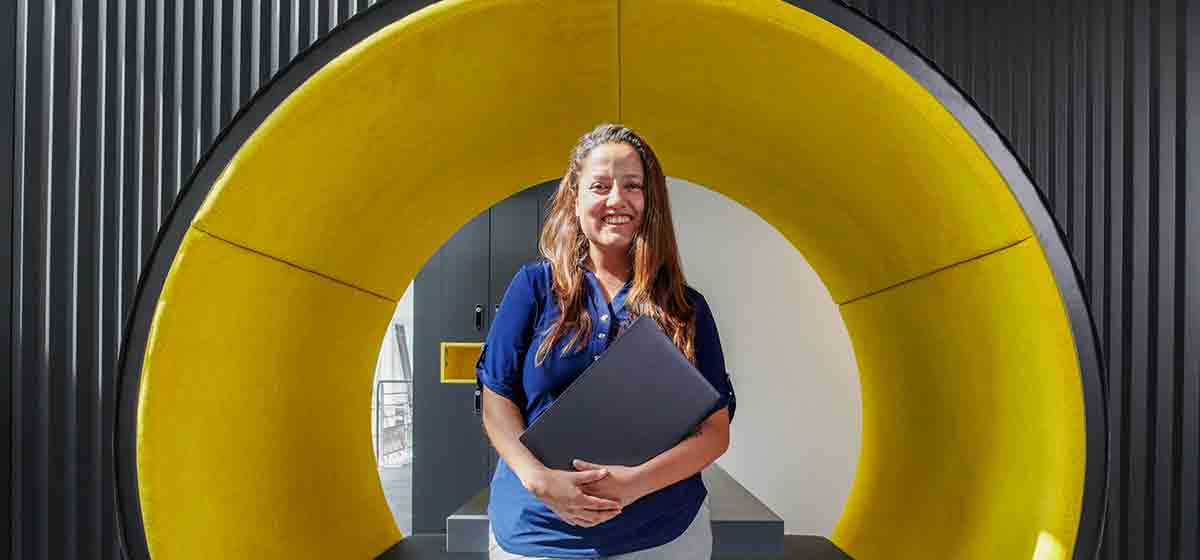Site modeling, simulation & evaluation
Get a next-level look into your carbon project site

20 years
experience in carbon capture and storage projects
50
CO₂ storage projects worldwide
40 years
delivering digital subsurface solutions
The scale up of carbon capture and storage (CCS) technology is critical in nearly every modeled energy pathway to net zero. According to the IEA’s net-zero pathway we will need to capture 7.6 billion tonnes of CO2 a year by 2050 – which is over 190 times what is captured and stored today (44 million tonnes).
Digital technologies will be critical in helping deliver the required growth in the most cost-efficient manner by enabling companies to plan and implement end-to-end integrated CCS systems. SLB has over 20 years’ experience working with customers to plan and operate CCS projects, and have spent over 40 years designing and delivering subsurface digital modeling and simulation solutions to customers around the world. Our digital solutions can help you complete comprehensive CO2 storage site assessment and do long term monitoring.
Digital end-to-end technologies for carbon capture and storage
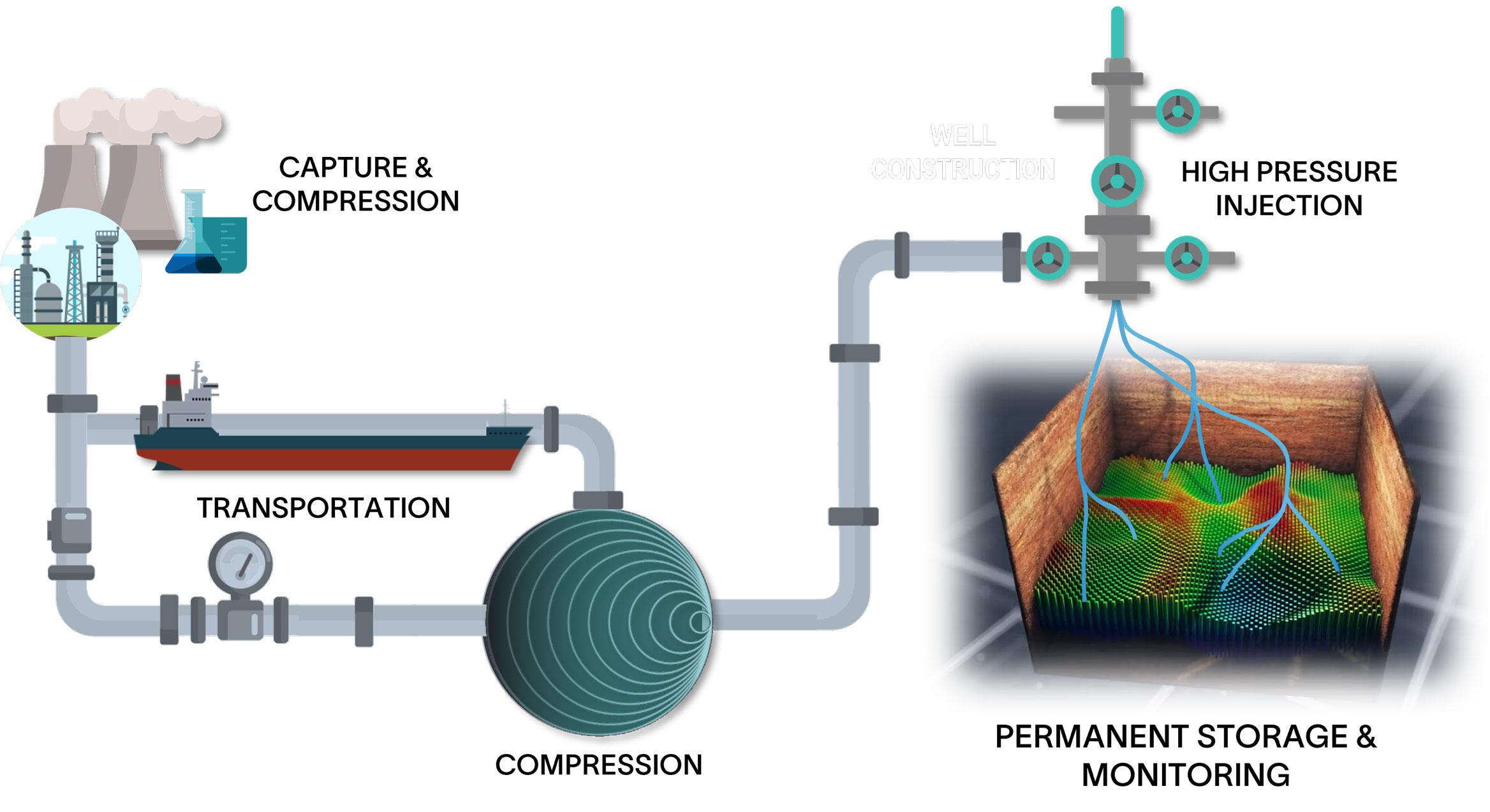
Key Challenges for CO2 Storage Assessment
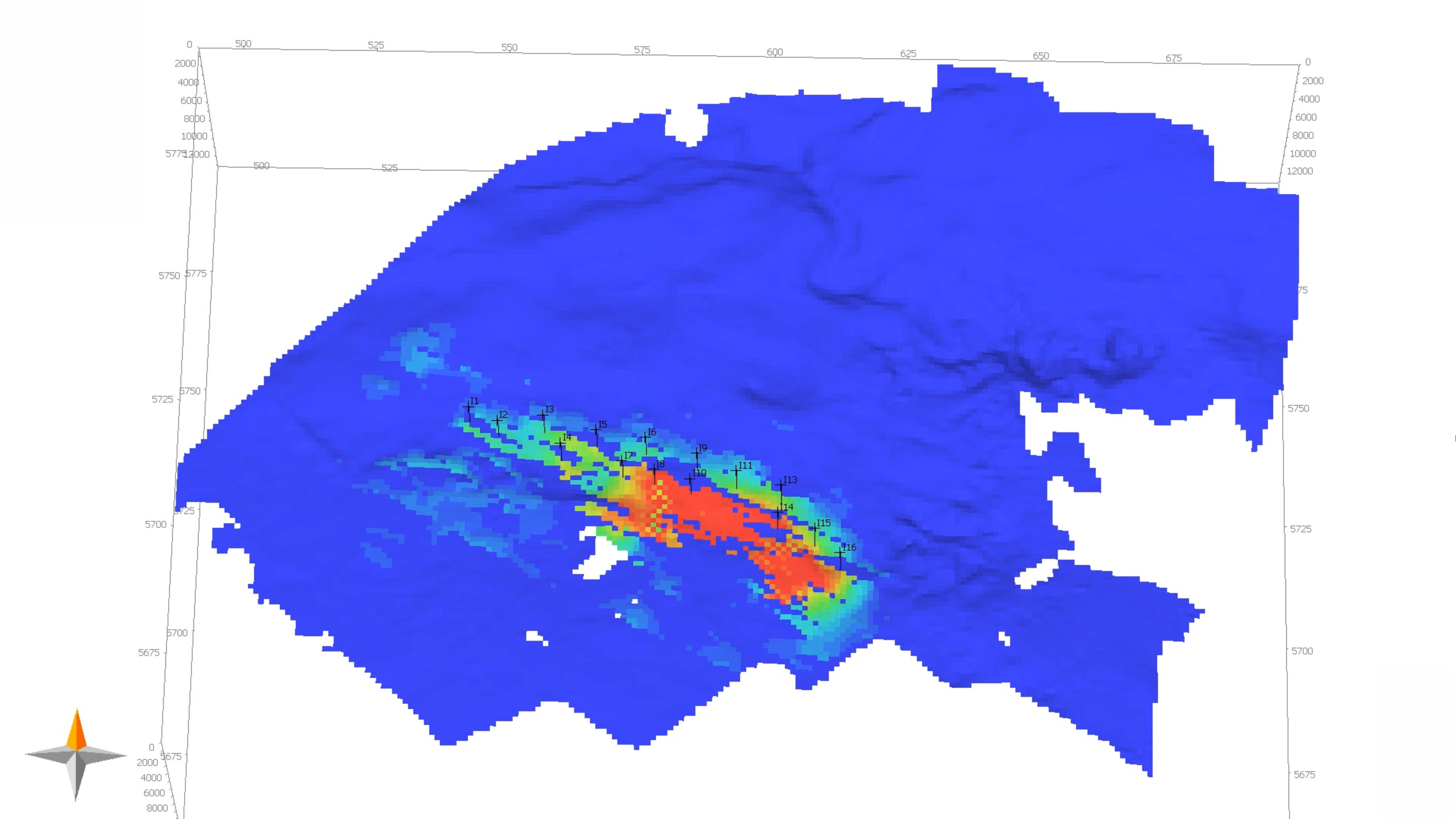
How can I screen and rank potential CO2 storage sites?
Ideal CO2 storage sites share many of the same characteristics as oil and gas reservoirs–high porosity, high permeability rock types are optimal with a structural and/or stratigraphic trap in place. Proximity to existing transport infrastructure, and to the capture site(s), are also key considerations for screening and ranking potential CO2 storage sites.
The digital tools used in oil and gas workflows, to interpret and model the subsurface for existing infrastructure, are applicable to CO2 site assessment workflows, with a few adjustments. From well log interpretation and 3D model building to volumetric assessments and dynamic CO2 flow simulation, SLB digital technology enables you to complete a comprehensive assessment of potential CO2 storage sites.
How can I ensure long-term CO2 storage integrity?
A critical component of evaluating a potential CO2 storage complex is to ensure long-term storage integrity, as these reservoirs are expected to contain CO2 over extended periods of time. After constructing a geological model of the reservoir, the reservoir engineer will typically conduct flow simulation evaluations to understand the various trapping mechanisms, evaluate the risk of CO2 migration, and ensure caprock integrity. Studies may include coupling reservoir simulation with geomechanics simulations to further understand the reservoir and ensure its integrity.
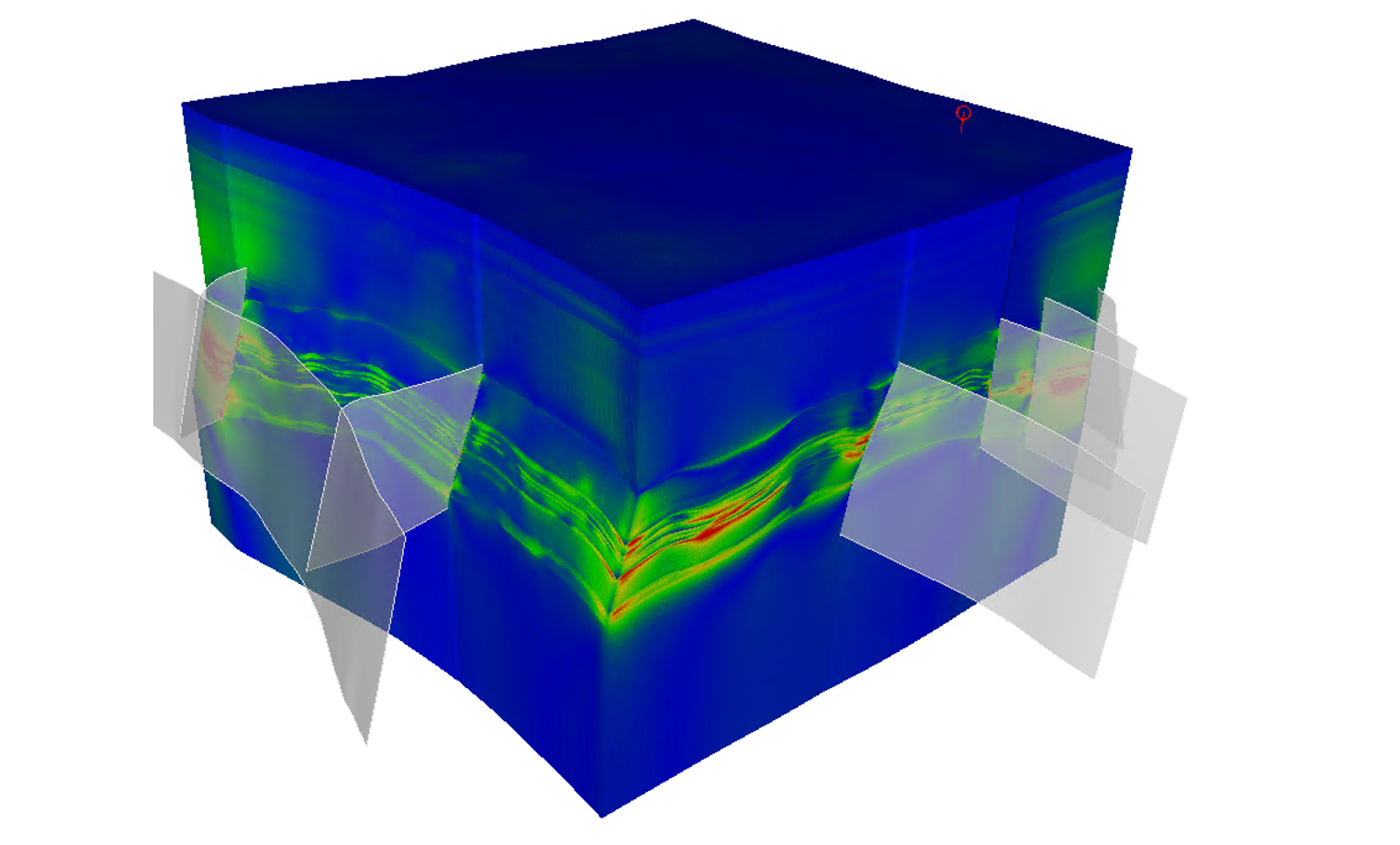
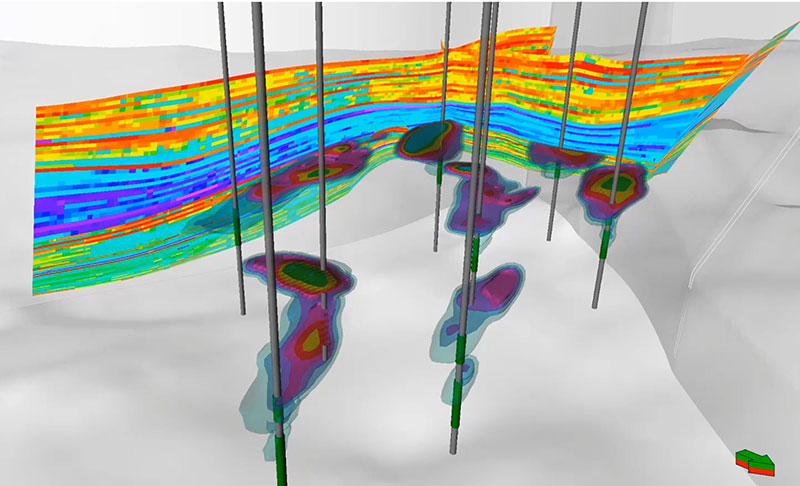
How much CO2 can be injected and at what rates?
A volumetric assessment of a CO2 storage site is a basic component to assess its suitability. Understanding how quickly a desired volume can be injected, without compromising the integrity of the injector well and the storage unit, is critical for a successful operation and for safe long-term containment.
Simulating the flow of CO2 through the storage unit and understanding the complex physical and chemical interactions between the injected CO2 and the reservoir, is essential to answer these questions. The understanding of the system response can be enhanced by looking at coupled solutions that include wellbore multiphase flow, as well as dynamic flow and geomechanical model.
SLB has robust and proven solutions to simulate and evaluate the feasibility of CCS projects. This includes a rich set of dynamic simulation options for CO2 storage in saline aquifers in depleted gas reservoirs or for storage in depleted oil reservoirs. Our powerful simulation capabilities offer a thorough understanding of how the storage unit will behave when CO2 is injected. Even in complex compositional cases requiring fine-resolution grids, this level of detail can be achieved without sacrificing speed. Additional controls and set-ups can be implemented with Python extensibility, enabling tailored and customized workflows.
Uncertainty consideration
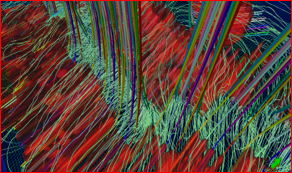
CO2 storage sites will not always have a lot of data available to help quantify the storage capacity, determine the optimal injection rate and predict the flow of CO2 once injected. These uncertainties affect the subsurface analysis and resulting field development plan, and thus must be carefully considered.
One way to do this is to embed uncertainty analysis in every step of the storage assessment workflow from modeling to CO2 simulation and field development optimization. A second option is to capture the full range of uncertainties by working with an ensemble of realizations throughout the study. Instead of considering a couple of base cases - P10, P50 and P90 - as per traditional workflows, by leveraging cloud compute capacity you can now evaluate the full spectrum of cases and capture the entire range of uncertainty.
Success Stories
-
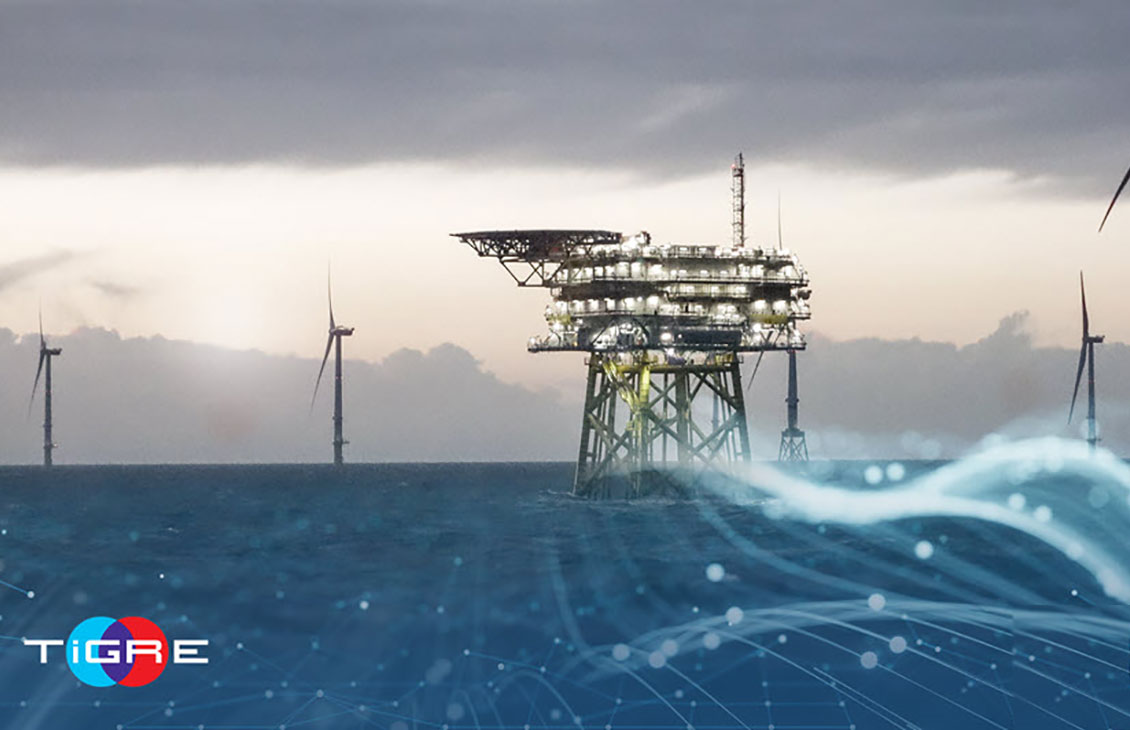
TiGRE Uses Software to Evaluate CCS Conditions Toward Low-Carbon Energy Production Offshore UK
Identification of the required characteristics of a gas hydrocarbon-production reservoir to identify suitable sites for deployment of TiGRE SEALS integrated CCUS projects View
-

Clean Energy Systems: Extensive CO2 storage project feasibility assessment
Clean Energy Systems (CES) plans to develop the first ever full-scale commercial carbon negative energy project in the United States. View
-

SaskPower: Simulation of CO2 plume migration in damaged storage formation
Simulation of CO2 plume migration in damaged storage formation SaskPower’s Boundary Dam carbon capture and demonstration project captures CO2 from a retrofitted coal-fired power plant in Estevan Saskatchewan. View
SLB Software Blog
-
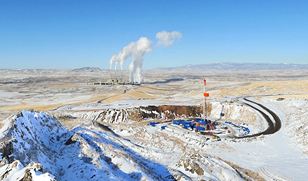
Scaling the Mountain to Global CCS and Low Carbon Hydrogen Production
With COP26 on the immediate horizon, the world is looking to governments, climate experts and industry to lay out decisive plans and commitments to keep global warming to well below 2°C... Sam Tilley · Oct 28, 2021 · 3 min read View
-
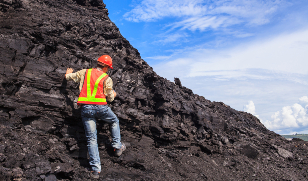
The Evolving Role of the Geoscientist for a Sustainable Future
For as far back as I can remember I have been passionate about social and environmental sustainability and the possibilities to advance this agenda within our sector... Emer Caslin · Apr 6, 2021 · 8 min Read View
-

Reservoir Simulation for CO2 Studies
Carbon capture, utilization and storage (CCUS) initiatives are making international headlines this year. Many governments are setting targets for carbon neutrality to be reached in the near future... Marie Ann Giddins · Oct 6, 2020 · 7 min Read View
Our products and services
-

Petrel
E&P software platformEnable discipline experts to work together and make the best possible decisions—from exploration to production. View
-

INTERSECT
High-resolution reservoir simulatorGain new insight with high-resolution reservoir simulation. View
-

VISAGE
Finite-element geomechanics simulatorBetter understand geomechanical risks and optimize production. View
-

ECLIPSE
Industry-reference reservoir simulatorAchieve black oil, compositional, thermal, and streamline reservoir simulation. View
-
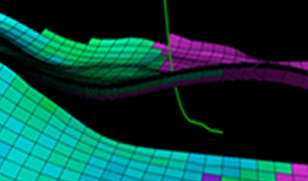
Petrel Reservoir Engineering
The collaborative environment for reservoir characterization, development planning, production evaluation, and optimizing reservoir performance. View
-
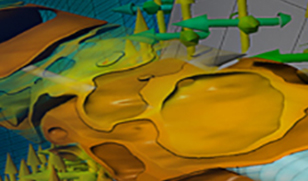
Petrel Geomechanics
Integrated 3D and 4D geomechanics modeling and analysis workflows to understand subsurface behavior and plan wells in complex environments. View
-
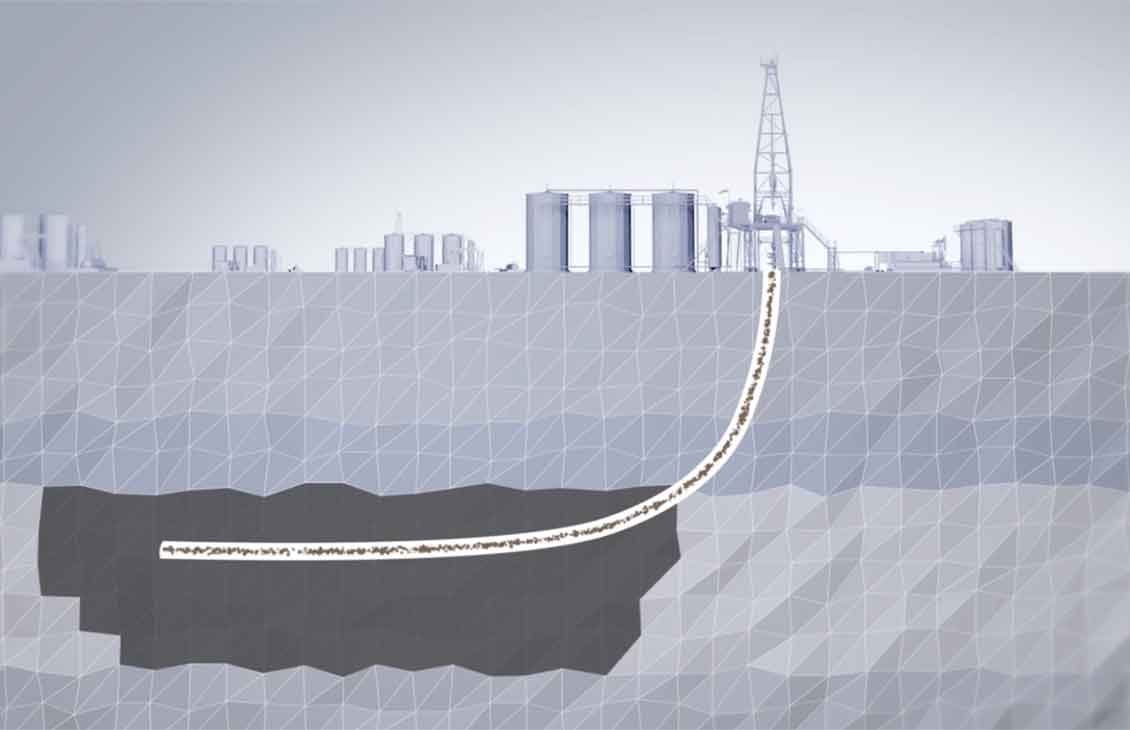
OLGA
Dynamic multiphase flow simulatorUse the industry-standard tool for dynamic multiphase flow simulation. View
-
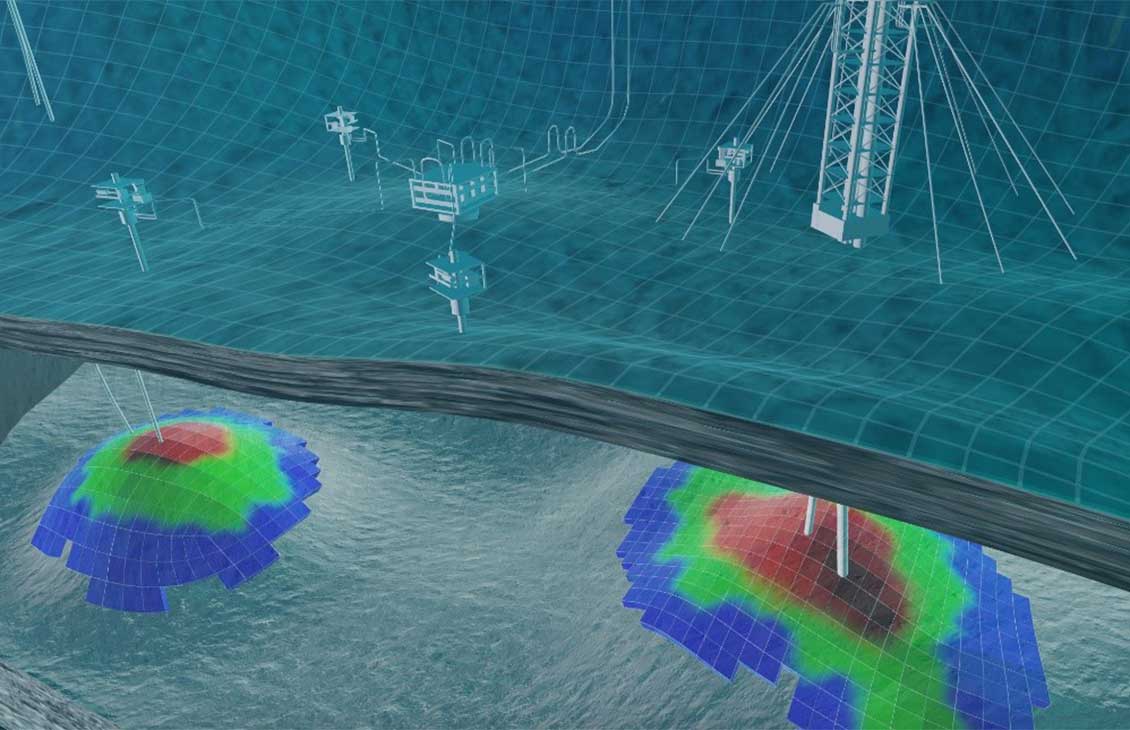
Agile Reservoir Modeling
Transforming subsurfaceDramatically improve, automate, accelerate and simplify the subsurface modeling process, by leveraging AI and cloud scalability. View
-
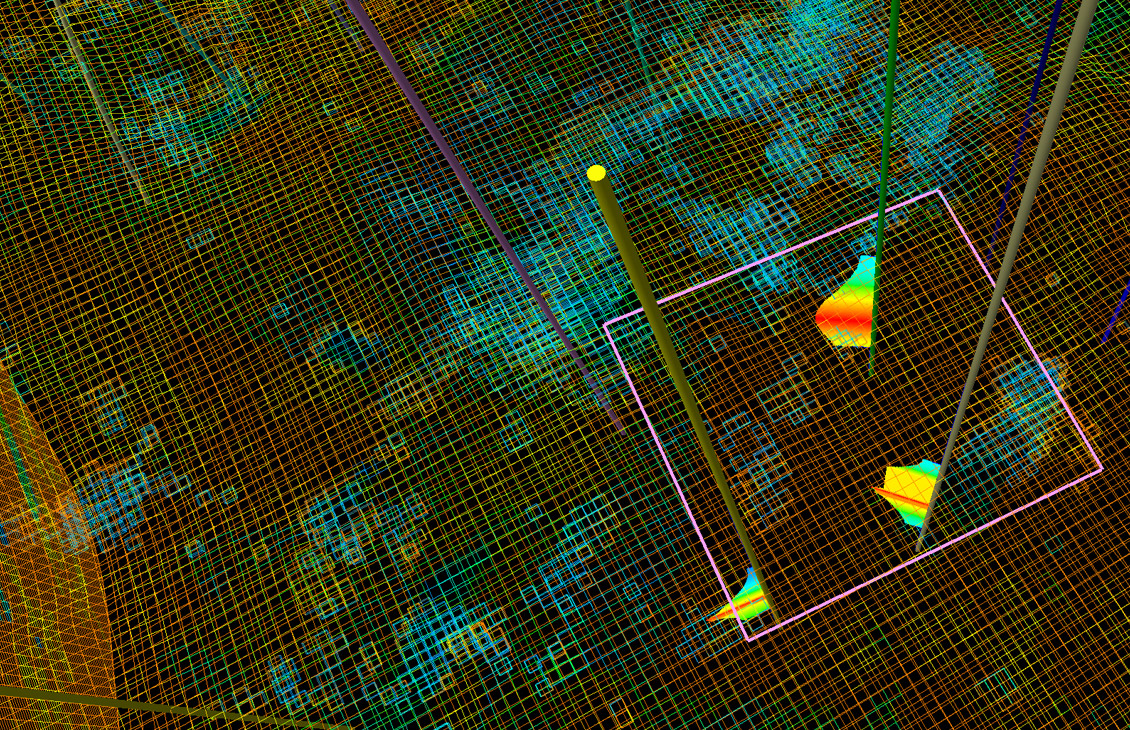
On Demand Reservoir Simulation
Easily access the best-in-class reservoir simulations : Launch simulations directly to Delfi On Demand Reservoir Simulation from your local machine or from Delfi digital platform. View
